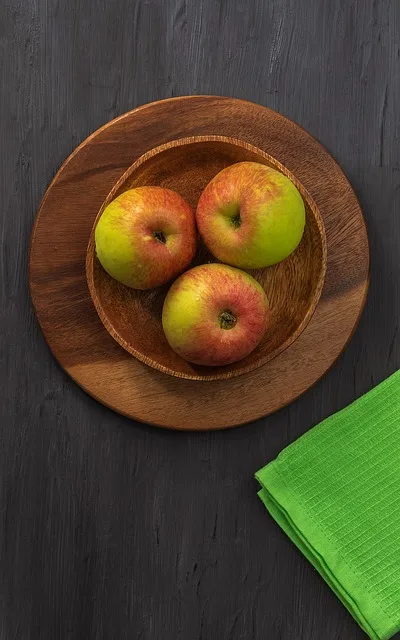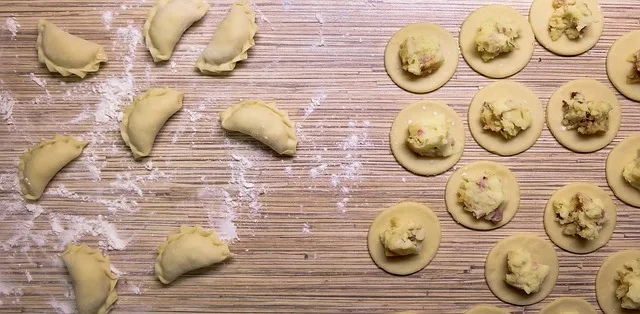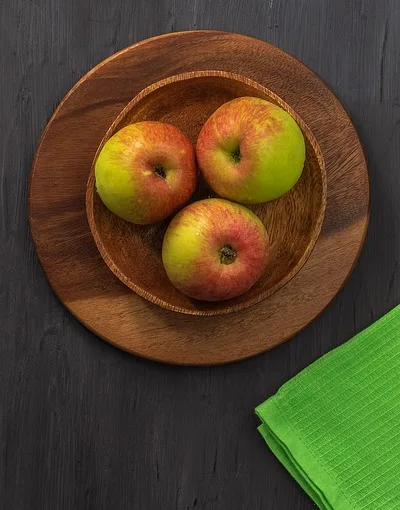First off, prevention is key. Keep your kitchen well-ventilated. Think of it like giving your cabinets a breath of fresh air. Open windows or turn on the exhaust fan while cooking to reduce humidity. Mold loves damp environments, so keeping things dry is your first line of defense.
If you already have mold, don’t panic! Grab some white vinegar—this kitchen staple is a mold-fighting superhero. Mix equal parts vinegar and water in a spray bottle, and spritz the affected areas. Let it sit for about an hour. The acidity of the vinegar will help break down the mold, making it easier to wipe away. Just remember to wear gloves and a mask; you don’t want to inhale any spores!
For stubborn mold, a baking soda paste can work wonders. Mix baking soda with a little water until it forms a thick paste. Apply it to the moldy spots and scrub gently with a soft brush. It’s like giving your cabinets a spa treatment while sending mold packing!
After you’ve cleaned, ensure your cabinets are completely dry. Use a fan or a cloth to soak up any remaining moisture. Think of it as giving your cabinets a nice, dry hug.
Banish the Bacteria: Effective Strategies to Eliminate Mold from Your Kitchen Cabinets
Next, consider the humidity levels in your kitchen. Mold loves moisture, so using a dehumidifier can be a game-changer. It’s like putting a “no entry” sign for mold. If you notice any leaks or spills, clean them up immediately. Just like you wouldn’t leave a spilled drink on the floor, don’t let water linger in your cabinets.
Now, if you already have mold, it’s time to roll up your sleeves. A mixture of vinegar and water can be your best friend here. Spray it on the affected areas and let it sit for a bit. It’s like giving mold a timeout! After that, scrub it away with a sponge. If the mold is particularly stubborn, a little baking soda can work wonders. It’s like a gentle exfoliation for your cabinets.
And let’s not forget about the power of essential oils. Tea tree oil, for instance, is a natural mold killer. Just mix a few drops with water in a spray bottle, and you’ve got yourself a mold-fighting potion. Plus, your kitchen will smell amazing!

Regularly checking your cabinets for signs of mold is crucial. Think of it as a routine health check-up for your kitchen. By staying proactive, you can keep those pesky spores at bay and enjoy a clean, fresh space for all your culinary adventures.
Mold No More: Your Ultimate Guide to a Fresh and Clean Kitchen Cabinet
First off, prevention is your best friend. Keep your kitchen well-ventilated. Think of it like giving your cabinets a breath of fresh air. Open windows, use exhaust fans, and let the sunlight in. Mold thrives in damp, dark places, so the more light and air you can get in, the better!
Next, let’s talk about cleaning. A simple mixture of vinegar and water can work wonders. Spray it on the affected areas and wipe it down with a cloth. It’s like giving your cabinets a spa day! For tougher spots, a little baking soda can be your secret weapon. Just sprinkle it on, scrub gently, and watch the mold disappear like magic.
But wait, there’s more! Regular maintenance is key. Check your cabinets every few weeks. It’s like a routine check-up for your kitchen. If you spot any signs of mold, tackle it immediately. Don’t let it fester like an unwelcome guest at a party.
Lastly, consider using mold-resistant paint or sealants when you’re sprucing up your cabinets. It’s like putting on a protective shield, keeping mold at bay for the long haul. With these tips, you can transform your kitchen cabinets from a moldy mess to a fresh, inviting space that you’ll love to show off!
From Fungi to Fresh: Top Tips for Removing Mold in Kitchen Cabinets
First off, you’ll want to gather your supplies. Think of it like preparing for a mini-mission: you’ll need gloves, a mask, a scrub brush, and a mold-killing solution. You can whip up a natural cleaner using equal parts vinegar and water. It’s like giving mold a one-two punch without the harsh chemicals!
Next, clear out your cabinets. This is your chance to declutter! As you remove items, check for any signs of mold on your dishes or food. If you find anything questionable, toss it out. Nobody wants to play hide-and-seek with moldy leftovers!
Now, it’s time to scrub. Dip your brush into your vinegar solution and start scrubbing those moldy spots. Picture it like giving your cabinets a spa day—scrubbing away the grime and letting them breathe again. Rinse with clean water and dry thoroughly. Mold loves moisture, so keep things dry to prevent it from coming back.
Lastly, consider adding a dehumidifier or some moisture-absorbing packets in your cabinets. It’s like giving your cabinets a cozy blanket that keeps them dry and mold-free. Remember, prevention is key! Regularly check your cabinets for any signs of moisture or mold, and you’ll keep that unwelcome guest at bay.
Say Goodbye to Mold: Simple Solutions for Spotless Kitchen Cabinets
First off, let’s talk about prevention. Mold loves moisture, so keeping your kitchen dry is key. Think of your cabinets as a cozy little home for mold; if you keep the humidity low, they won’t want to move in. Use a dehumidifier or simply crack a window while cooking to let that steam escape. It’s like giving your cabinets a breath of fresh air!

Now, if you’ve already spotted some mold, don’t panic. Grab a spray bottle and mix equal parts water and white vinegar. This natural solution is like a superhero for your cabinets, fighting off mold without harsh chemicals. Spray it on the affected areas, let it sit for a few minutes, and then wipe it away with a clean cloth. It’s as easy as pie!
For those stubborn spots, a paste made from baking soda and water can work wonders. Apply it to the moldy area, scrub gently, and watch as the mold disappears like magic. It’s like giving your cabinets a spa day!
Lastly, consider sealing your cabinets with a mold-resistant paint. This is like putting on a protective shield, making it harder for mold to take hold in the future. Plus, it gives your kitchen a fresh look!
So, whether you’re battling a mold invasion or just looking to keep your kitchen pristine, these simple solutions will help you say goodbye to mold for good. Your cabinets will thank you!
Frequently Asked Questions
What Cleaning Solutions Are Effective Against Mold?
Effective cleaning solutions for mold include a mixture of water and vinegar, hydrogen peroxide, and commercial mold removers. These solutions can penetrate mold spores, kill them, and prevent regrowth. Always ensure proper ventilation and wear protective gear when cleaning mold.
How Can I Safely Remove Mold from Cabinets?
To safely remove mold from cabinets, start by wearing protective gear such as gloves and a mask. Use a mixture of water and mild detergent or a commercial mold remover to scrub the affected areas. Ensure proper ventilation by opening windows and using fans. After cleaning, dry the area thoroughly to prevent mold from returning. If the mold persists or covers a large area, consider consulting a professional.
What Causes Mold in Kitchen Cabinets?
Mold in kitchen cabinets is primarily caused by excess moisture, poor ventilation, and organic materials. High humidity levels, spills, or leaks can create a damp environment conducive to mold growth. Additionally, food particles and organic debris can serve as a food source for mold. Regular cleaning and maintaining proper airflow can help prevent mold development.
How Can I Prevent Mold from Returning in Kitchen Cabinets?
To prevent mold from returning in kitchen cabinets, ensure proper ventilation by keeping doors slightly open and using exhaust fans. Regularly clean surfaces with a mixture of water and vinegar to inhibit mold growth. Maintain low humidity levels by using a dehumidifier if necessary. Inspect for leaks and repair any plumbing issues promptly. Store items in dry conditions and avoid overcrowding to allow air circulation.
When Should I Call a Professional for Mold Removal?
If you notice extensive mold growth, persistent musty odors, or health issues like respiratory problems, it’s time to call a professional. Additionally, if the affected area is larger than 10 square feet or if the mold is caused by contaminated water, expert assistance is essential to ensure safe and effective removal.
